i saved up a hard one for the finale of this the first round of challenges... time to prove you have a bigger brain that me!
 above is a nice picture of the badlands, with a rather ugly green line (added by me in paint to the photo) running along the top. there is a key difference between the layers above and below this line.
above is a nice picture of the badlands, with a rather ugly green line (added by me in paint to the photo) running along the top. there is a key difference between the layers above and below this line.now before you take a guess... i'm sure some of you are thinking it must be the KT boundary!... there is a difficult catch. i only want to know what is special about the top layer... which is hint right away. it is only a single layer above the green line, compared to many many below it!
the layers below the line are of the horseshoe formation, and contain the sorts of dinosaurs and other fossils you'd expect to find in those rocks. however the rocks above it are not from the horseshoe canyon formation, and the horseshoe are the only cretaceous layers around drumheller (where this photo was taken!).
how can you explain this layer as per the law of superposition?!?
next the really hard part, and a prize winning answer if you can get it (there is a prize for this part if you can get it). how is the source of this single top layer (possibly) responsible for my finding fossils in the bottom layers, as the bottom layers came before it?
(this is not a trick question! the bottom layers were laid down before this top one for the record. somehow this layer explains why i today can find fossils in this area).
double good luck to you, and be sure to check back on feb. 21st when i get back and figure out who got this one and the first two challenges right!


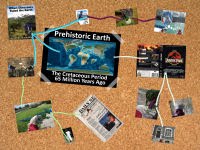


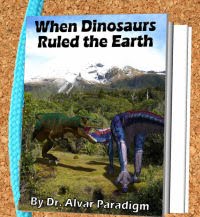


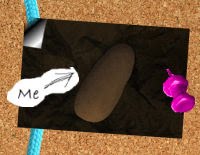





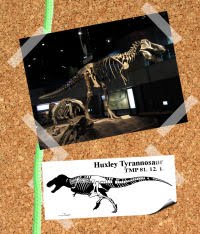








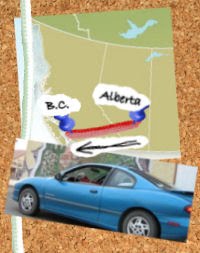






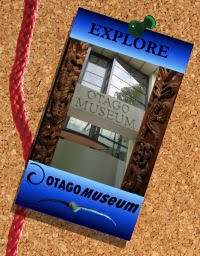



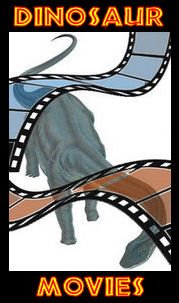






3 comments:
OK, I'll have a go, but you may be considering me inelligable since I was trained in geology.
1. I'm guessing the green line is a disconformity - an horizon representing missing time and that the layer above is a Cenozoic unit (I don't know much Canadian stratigraphy so I don't know what formation it represents).
2. I'm also guessing that the Cenozoic layer is a hard caprock that protects the Horseshoe Canyon formation from being completely obliterated by erosion. Hence it is the reason you can find fossils there.
I...don't have a clue, Traum. I know more about Biology then I do Geology. Although, That makes sense that the top layer is the Cenozoic as the area below is from the Mesozoic (more specifically the Cretaceous period, like you said.) I DO know that the Green Line is NOT the K-T Boundary. If it was you might find irridium in the layer. I think I'm going to go with Adam on this one.
BTW-Brain size has NOTHING to do with IQ! You're a good example of this!
I suppose the upper layer may important because it protects the lower layers from erosion, the upper one looks too "soft and smooth" to my eyes...
If I have a cretaceous layer,, and something that is not the KT line above it, and then I have another layer from the times when the cretaceous had already ended, wouldn't that mean that erosion destroyed whatever it was?
Enlighten us!
Post a Comment